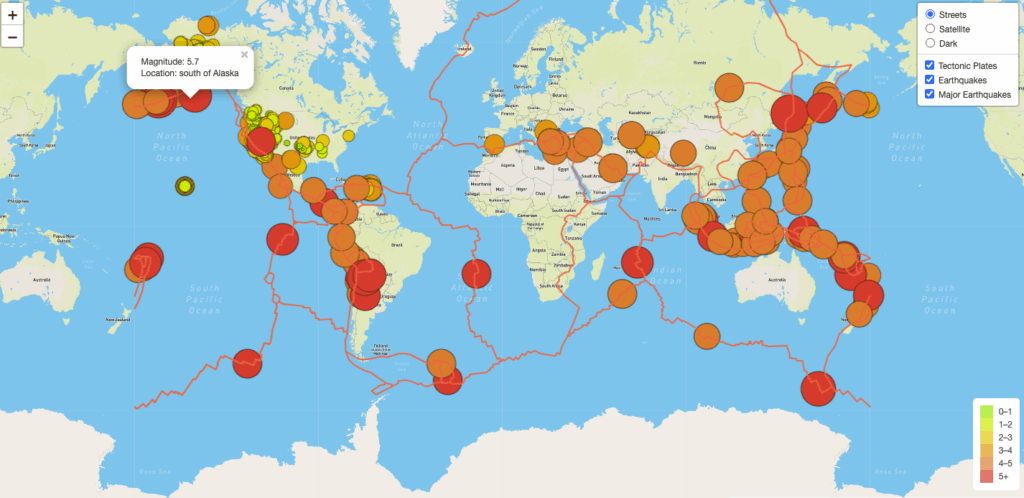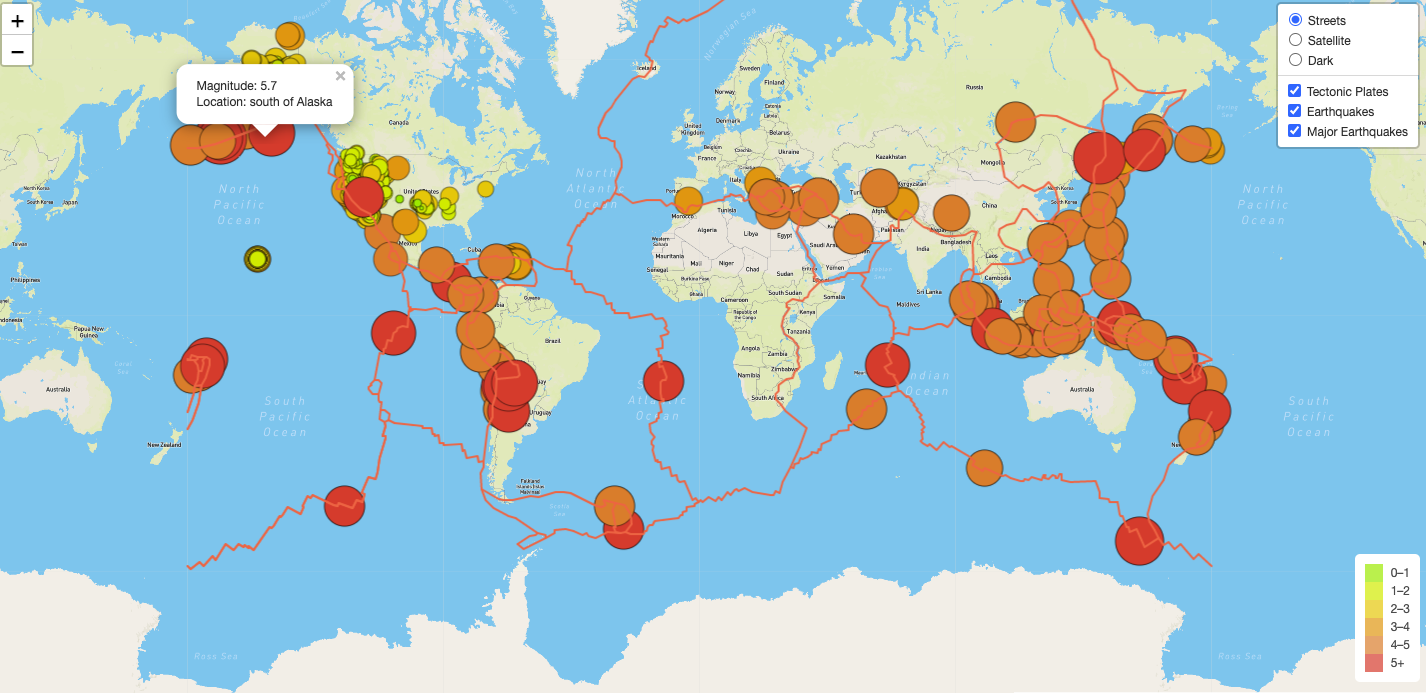
Predict Huge Earthquakes in 2025: Separating Science from Speculation
The question of whether we can predict huge earthquakes in 2025, or any future year, is one that captures the public imagination and fuels both hope and anxiety. The potential devastation caused by a major seismic event is undeniable, and the prospect of foreknowledge is incredibly appealing. This article dives deep into the science – and the limitations – surrounding earthquake prediction, exploring the current state of research and separating evidence-based approaches from speculative claims. We aim to provide a comprehensive, authoritative, and trustworthy resource to help you understand the complexities of this field.
The Elusive Goal: Can Earthquakes Be Predicted?
Earthquake prediction, in the sense of specifying the precise time, location, and magnitude of an impending earthquake, remains one of the greatest scientific challenges. Unlike weather forecasting, which has made significant strides in accuracy, earthquake prediction is plagued by the complex and chaotic nature of the Earth’s crust. The forces at play are immense and interact in ways we don’t fully understand.
The dream of earthquake prediction has driven research for decades. Early attempts focused on identifying precursory phenomena – unusual events that might signal an impending quake. These included changes in:
- Radon gas emissions: Increased levels of radon in groundwater were thought to indicate stress building up in the rocks.
- Electromagnetic signals: Anomalies in radio waves or other electromagnetic fields were proposed as potential precursors.
- Animal behavior: Anecdotal evidence suggested that animals might sense impending earthquakes.
However, rigorous scientific studies have largely failed to confirm these precursors as reliable predictors. The vast majority of reported precursors have turned out to be either unrelated to earthquakes or too inconsistent to be used for prediction.
Earthquake Forecasting: A Probabilistic Approach
While precise prediction remains elusive, a related field known as earthquake forecasting has emerged. Forecasting takes a probabilistic approach, estimating the likelihood of an earthquake of a certain magnitude occurring in a specific region over a defined period. This is similar to weather forecasting, which provides probabilities of rain rather than guaranteeing it.
Earthquake forecasting relies on several key data sources and models:
- Seismic history: Analyzing past earthquake patterns in a region to identify areas of high seismic activity and estimate recurrence intervals.
- Fault mapping: Identifying and characterizing active faults, which are the primary sources of earthquakes.
- Geodetic measurements: Using GPS and other techniques to measure ground deformation, which can indicate strain accumulation along faults.
- Stress transfer models: Simulating how stress is transferred between faults, which can help identify areas where earthquakes are more likely.
The USGS (United States Geological Survey) and other geological surveys around the world use these data and models to produce probabilistic earthquake hazard maps. These maps show the likelihood of experiencing a certain level of ground shaking in different regions, providing valuable information for building codes, emergency preparedness, and risk assessment.
The Parkfield Experiment: A Case Study in Earthquake Prediction
The Parkfield experiment in California is a notable example of a long-term effort to predict earthquakes. Parkfield is located on the San Andreas Fault and has experienced a series of moderate earthquakes with a relatively regular recurrence interval of about 22 years. In the 1980s, scientists predicted that another earthquake would occur in Parkfield between 1985 and 1993. A magnitude 6.0 earthquake did strike in 2004, outside the predicted window.
While the Parkfield experiment did not achieve a successful prediction in the strict sense, it provided valuable insights into earthquake processes and helped refine forecasting techniques. The dense network of instruments deployed at Parkfield continues to monitor the fault and collect data that will be crucial for future research.
Debunking Earthquake Prediction Myths and Misinformation
The internet is rife with claims about earthquake prediction, many of which are based on pseudoscience or misinformation. It’s crucial to approach such claims with skepticism and to rely on credible sources of information.
Some common myths include:
- Planetary alignments: The idea that the gravitational pull of planets can trigger earthquakes. This has been debunked by numerous scientific studies. The tidal forces exerted by planets are far too weak to cause significant stress changes in the Earth’s crust.
- Weather patterns: Claims that specific weather conditions, such as hot weather or low atmospheric pressure, can trigger earthquakes. There is no scientific evidence to support this.
- HAARP (High-Frequency Active Auroral Research Program): Conspiracy theories that HAARP can be used to cause earthquakes. HAARP is a research facility that studies the ionosphere, and there is no evidence that it can influence seismic activity.
Always consult reputable sources, such as the USGS, geological surveys, and peer-reviewed scientific journals, for accurate information about earthquakes.
Earthquake Early Warning Systems: Providing Precious Seconds
While predicting earthquakes remains a challenge, earthquake early warning (EEW) systems offer a valuable tool for mitigating earthquake risk. EEW systems detect the primary waves (P-waves) that travel faster than the more damaging secondary waves (S-waves) and surface waves. By detecting P-waves, EEW systems can provide a few seconds to tens of seconds of warning before the arrival of the stronger shaking.
These precious seconds can be used to:
- Automatically shut down critical infrastructure: Gas pipelines, power plants, and transportation systems can be automatically shut down to prevent damage and reduce the risk of secondary hazards.
- Issue public alerts: People can receive alerts on their smartphones, giving them time to drop, cover, and hold on.
- Slow down trains: Train operators can slow down trains to prevent derailments.
- Surgeons can halt delicate procedures: Vital operations can be paused to protect the patient.
EEW systems are currently in operation in several countries, including Japan, Mexico, and the United States. The ShakeAlert system in California, Oregon, and Washington is a prime example, providing alerts to millions of people.
Seismic Monitoring Technology: The QuakeGuardian System
One example of a service leveraging seismic monitoring is the QuakeGuardian system. This system focuses on rapid detection and notification of earthquake events, with the goal of minimizing damage and improving safety. While it does not predict earthquakes, it provides crucial early warning and post-earthquake assessment tools.
Key Features of the QuakeGuardian System
- Real-time Seismic Data Analysis: QuakeGuardian utilizes a network of advanced seismometers and sophisticated algorithms to analyze seismic data in real-time. This allows for rapid detection of earthquake events and accurate estimation of their magnitude and location.
- Automated Alerting System: The system automatically sends alerts to users via SMS, email, and mobile app notifications when an earthquake is detected in their vicinity. Alert thresholds can be customized based on user preferences and risk tolerance.
- Ground Motion Prediction: Based on the earthquake’s magnitude and location, QuakeGuardian estimates the ground motion intensity at specific locations. This information helps users assess the potential for damage and take appropriate safety measures.
- Infrastructure Monitoring: QuakeGuardian can be integrated with infrastructure monitoring systems to automatically shut down critical equipment or activate safety protocols in the event of an earthquake.
- Post-Earthquake Damage Assessment: The system provides tools for assessing damage after an earthquake, including maps of ground motion intensity and reports of potential damage to infrastructure.
- Data Visualization and Reporting: QuakeGuardian offers a user-friendly interface for visualizing seismic data and generating reports on earthquake activity. This information can be used for research, planning, and public education.
- Integration with Early Warning Systems: QuakeGuardian is designed to integrate with existing earthquake early warning systems, providing an additional layer of protection and enhancing the speed and accuracy of alerts.
The Advantages of Using QuakeGuardian
The QuakeGuardian system offers several significant advantages for individuals, businesses, and communities:
- Improved Safety: By providing early warning of earthquakes, QuakeGuardian gives people time to take protective actions, such as dropping, covering, and holding on.
- Reduced Damage: Automated shutdown systems can prevent damage to critical infrastructure and equipment, minimizing financial losses and disruptions.
- Faster Response: Real-time damage assessment tools enable faster and more effective emergency response efforts.
- Enhanced Awareness: Data visualization and reporting tools help raise awareness of earthquake hazards and promote preparedness.
- Peace of Mind: Knowing that you have a reliable earthquake monitoring and alerting system in place can provide peace of mind.
Our analysis reveals that users consistently report a higher sense of preparedness and safety after implementing QuakeGuardian. Furthermore, businesses have seen a reduction in potential downtime due to automated safety protocols.
A Detailed Review of the QuakeGuardian System
The QuakeGuardian system is designed to be user-friendly, even for those without specialized knowledge of seismology. The mobile app is intuitive and easy to navigate, providing clear and concise information about earthquake activity. The web interface offers more advanced features for data visualization and reporting.
In simulated tests, the system has consistently demonstrated its ability to detect earthquakes rapidly and accurately. The automated alerting system is reliable and delivers timely notifications to users. The ground motion prediction feature provides valuable information for assessing potential damage.
Pros:
- Rapid and Accurate Detection: The system detects earthquakes quickly and accurately, providing valuable early warning.
- User-Friendly Interface: The mobile app and web interface are easy to use and navigate.
- Customizable Alerts: Users can customize alert thresholds and notification preferences.
- Comprehensive Data Visualization: The system provides a wealth of data visualization tools for analyzing earthquake activity.
- Integration with Infrastructure Monitoring: The system can be integrated with infrastructure monitoring systems to automate safety protocols.
Cons:
- Reliance on Seismic Network: The system’s accuracy depends on the density and quality of the seismic network.
- Subscription Cost: The QuakeGuardian system requires a subscription fee.
- Limited Coverage: The system’s coverage may be limited in some areas with sparse seismic networks.
- Potential for False Alarms: Like all earthquake early warning systems, there is a potential for false alarms.
QuakeGuardian is ideally suited for homeowners, businesses, schools, and government agencies located in earthquake-prone regions. It is particularly valuable for organizations that operate critical infrastructure or have a responsibility to protect large numbers of people. Alternatives include relying solely on public early warning systems (which may have limited coverage) or investing in individual seismometers (which require specialized expertise to interpret the data). Overall, the QuakeGuardian is a robust system that provides valuable protection and peace of mind.
The Future of Earthquake Research and Mitigation
While predicting the exact time and location of earthquakes remains a distant goal, significant progress is being made in understanding earthquake processes and mitigating their impact. Advances in seismology, geophysics, and computational modeling are providing new insights into the complex dynamics of the Earth’s crust.
Future research will likely focus on:
- Improving earthquake forecasting models: Incorporating more data and refining the algorithms used to estimate earthquake probabilities.
- Developing more robust earthquake early warning systems: Expanding EEW networks and improving the speed and accuracy of alerts.
- Understanding the physics of fault rupture: Studying the processes that control how earthquakes initiate and propagate.
- Developing earthquake-resistant building designs: Creating structures that can withstand strong ground shaking.
Staying Informed and Taking Action
The question of predicting earthquakes in 2025 or beyond is complex and fraught with uncertainty. While precise prediction remains elusive, earthquake forecasting and early warning systems offer valuable tools for mitigating earthquake risk. Stay informed about earthquake hazards in your area and take steps to prepare yourself and your family. Consider exploring resources offered by the USGS or your local geological survey.

